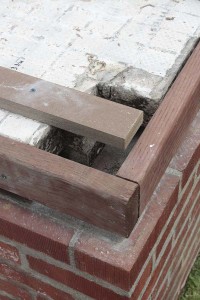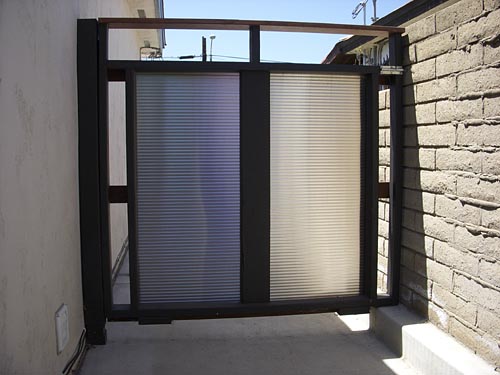It’s done at last, the project from Hades.

What started out as this ugly outdoor fireplace with attached bench…

…has now morphed effortlessly (yah right) into this new garden feature: part bench, part deck, part raised bog/planter. It’s about four by sixteen feet in size.
For the last two years my bog plants were hogging up the sunny spot in the middle of the patio. Totally in the way. The new bench needed to have a raised bog/planter detail, returning some of the hardscape to garden.
With a general plan in place we got going.
Some scenes from the project:
This act of creation began with an act of destruction. The decrepit and not earthquake-safe chimney came down a brick at a time over several weekends. We saved 350 bricks that came off in pretty good condition and hand-chiseled the mortar off of most of them. Inside the fireplace was the reason the whole thing hadn’t collapsed already: 200 pounds of reinforcing steel. At current metal recycling rates we got almost 30 dollars for the scrap metal.

I had some moments of nostalgia and renewed appreciation for the little Japanese tiles that I picked out fifteen years ago to try to ornament what at the time was already a marginally attractive garden feature. The didn’t come off the fireplace easily, and the shards and even the good bits were dispatched to the dump. As much as we tried to recycle, this project is not going to get a Platinum LEED rating.
The super-story bricks removed, we were left with a long concrete bench. I like plain concrete as a material, but this bench had been formed around a wood fence that had rotted away a decade ago. We shimmed over the ugliness and covered it all with wood.









A final “after” picture:
We’re going to relax some before starting the next garden project, maybe in these two old butterfly chairs John got second-hand 30 years ago, with our feet up on the new bench…





